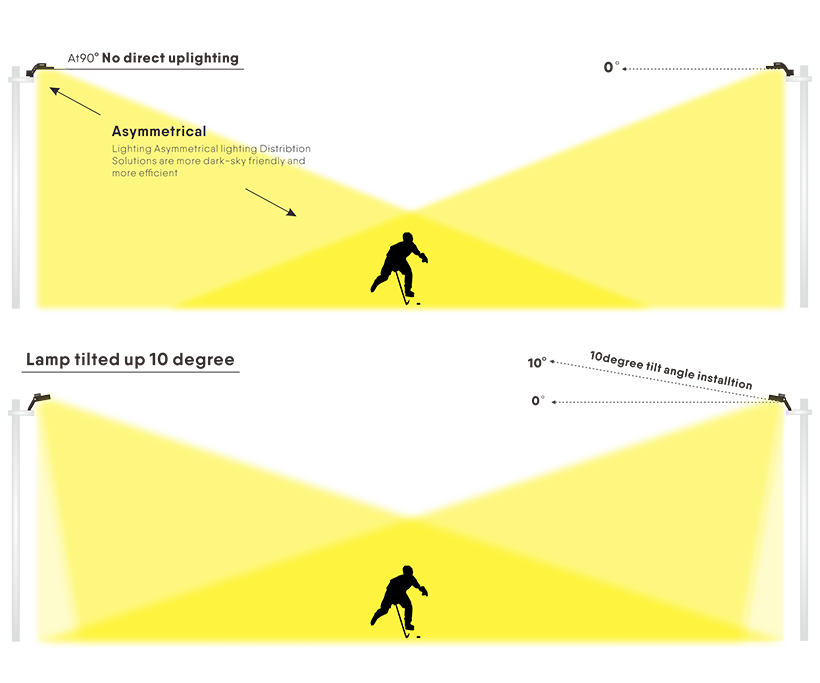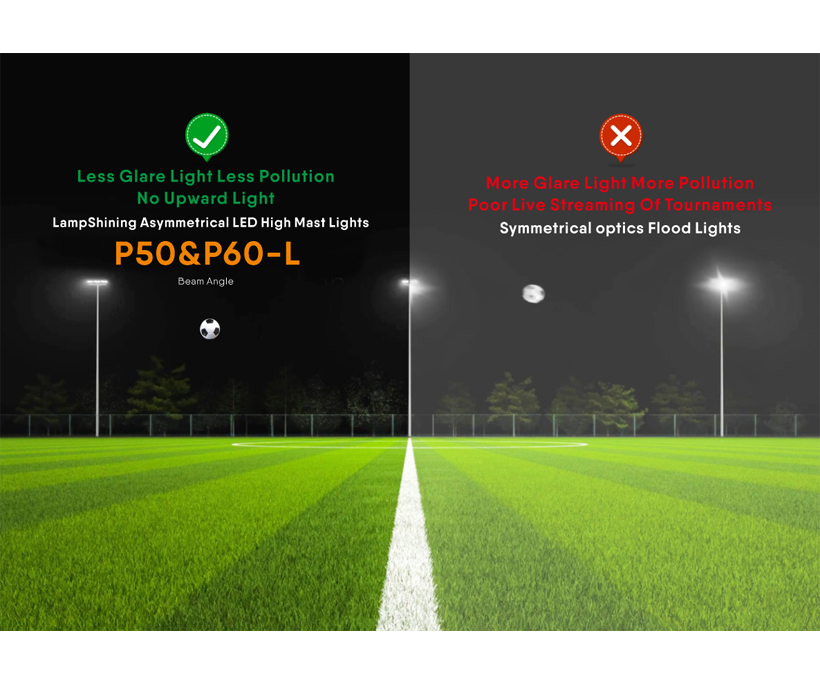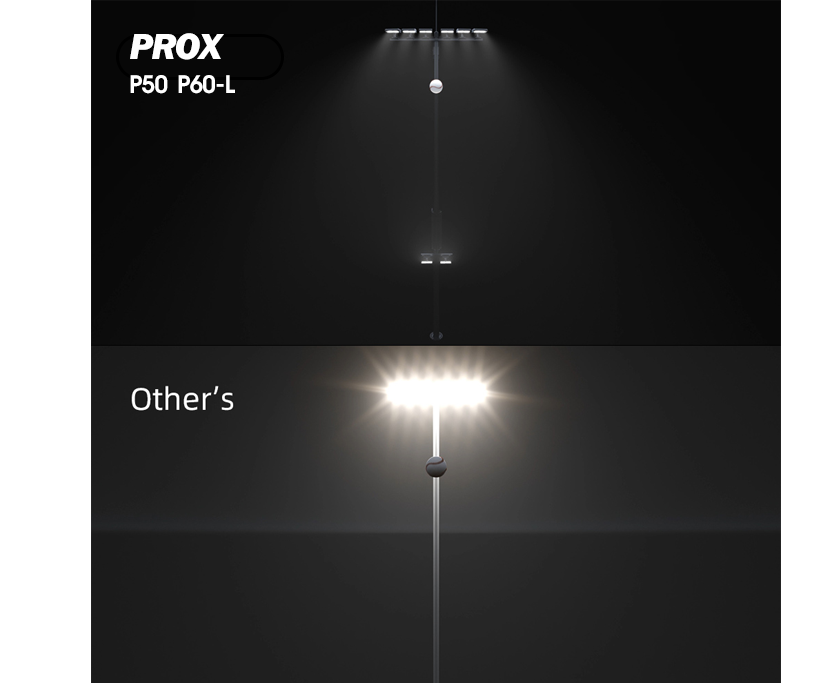Lighting is an essential element for any sports stadium, as it affects not only the performance of athletes, but also the experience of spectators and the quality of TV broadcasting. However, traditional lighting systems often produce excessive glare, which is a visual discomfort caused by excessive brightness or contrast. Glare can impair vision, cause eye strain, headache, nausea and other negative effects. Therefore, low-glare lighting is a desirable solution for sports stadiums, as it can reduce or avoid glare by using some special designs or materials. In this article, we will explore how low-glare lighting can bring benefits for athletes, spectators and TV broadcasting.

Athletes are the main actors in any sports event, and their performance depends largely on their visual acuity and comfort. Glare can interfere with their ability to see clearly and accurately, especially when they need to track fast-moving objects or judge distances and angles. For example, a baseball player may miss a catch if he is blinded by a glaring light; a soccer player may misjudge a pass if he cannot see his teammate clearly; a tennis player may lose a point if he cannot follow the trajectory of the ball.
Low-glare lighting can improve athletes' visual acuity and comfort by providing uniform illumination with minimal brightness variation. Low-glare lighting can also adjust its intensity and color temperature according to different sports and weather conditions, creating optimal visual environments for different scenarios. For example, low-glare lighting can provide higher intensity and cooler color temperature for fast-paced sports such as basketball or hockey; lower intensity and warmer color temperature for slower-paced sports such as golf or cricket.
By improving athletes' visual acuity and comfort, low-glare lighting can enhance their performance and reduce their risk of injury. Low-glare lighting can also help them maintain their concentration and motivation throughout the game.

Spectators are the main consumers of any sports event, and their satisfaction depends largely on their visual enjoyment and comfort. Glare can interfere with their ability to see clearly
and vividly, especially when they are far away from the action or watching on screens. For example,
a spectator may miss an exciting moment if he is dazzled by a glaring light; a spectator may lose interest if he cannot see the colors or details of the game; a spectator may feel uncomfortable if he suffers from eye fatigue or headache due to glare.
Low-glare lighting can improve spectators' visual enjoyment and comfort by providing balanced illumination with high contrast and color rendering. Low-glare lighting can also adapt its direction
and angle according to different viewing positions and preferences,creating optimal viewing angles and perspectives for different seats.
For example,low-glare lighting can provide downward illumination with narrow beam angles for seats close to the field;
upward illumination with wide beam angles for seats far from the field.
By improving spectators' visual enjoyment and comfort,low-glare lighting can increase their engagement and loyalty to the game.Low-glare lighting can also create different atmospheres and moods for different events,such as festive,dramatic,or romantic.

TV broadcasting is an important medium for any sports event,
as it reaches millions of viewers around the world.
Glare can interfere with TV cameras' ability to capture clear and vivid images,especially when they need to deal with complex light conditionsor fast camera movements.
For example,
a TV camera may produce overexposed or underexposed images if it is affected by glaring light;
a TV camera may produce blurred or distorted images if it cannot adjust its focus or aperture quickly;
a TV camera may produce noisy or flickering images if it cannot synchronize its frequency with that of light sources.
Low-glare lighting can improve TV cameras' ability to capture clear and vivid images by providing consistent illumination with high luminance
and color stability.
Low-glare lighting can also coordinate its timing and modulation according to different camera settings
and requirements,creating optimal synchronization and compatibility for different
Share the Post
Related Products
E-mail: william@lampshining.com
Contact Us
Copyright © Lamp Shining Manufacturing Co., Ltd. All Rights Reserved